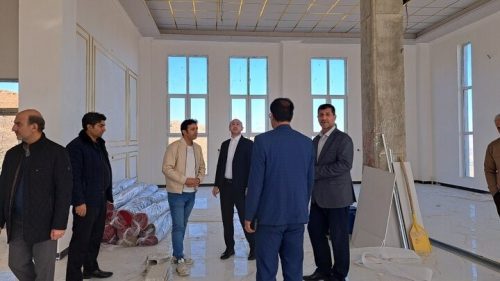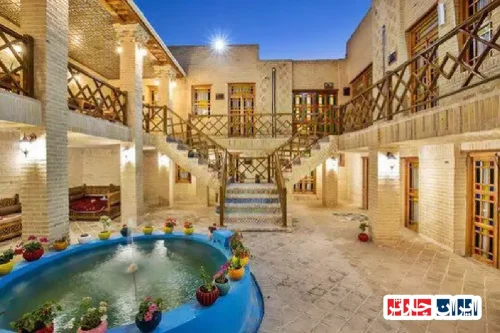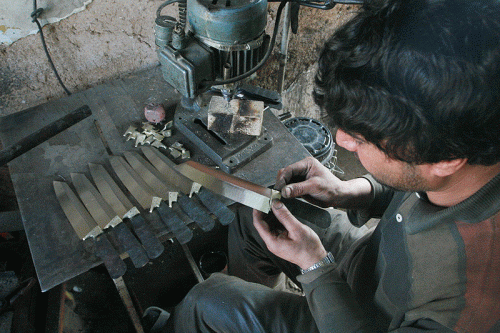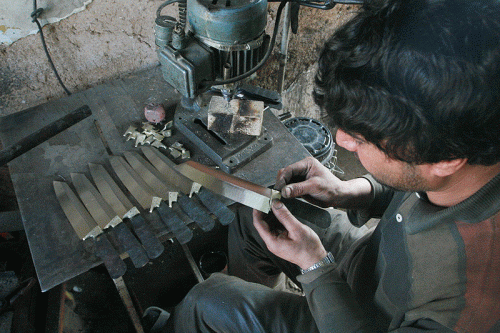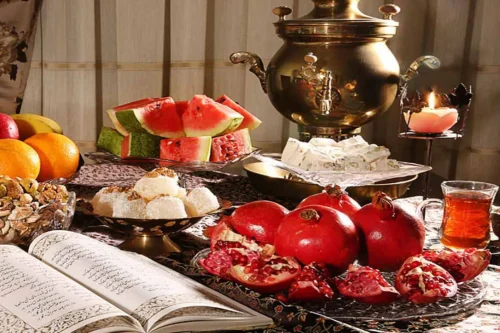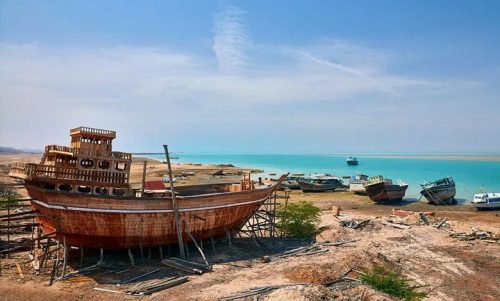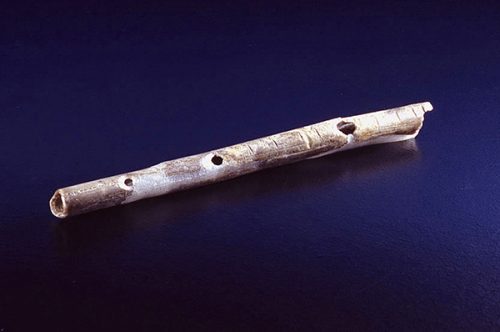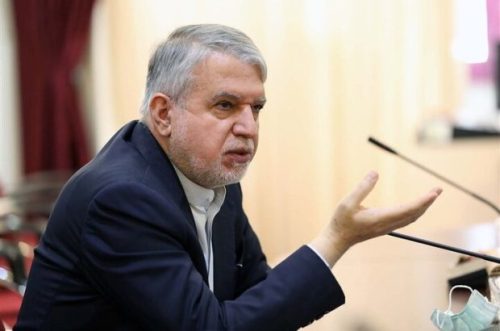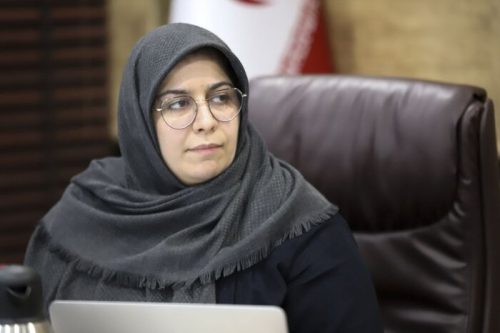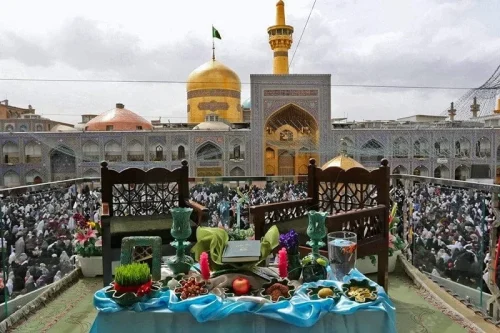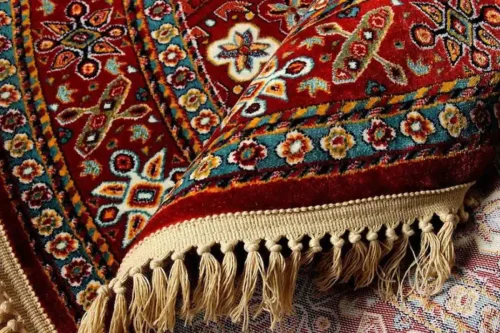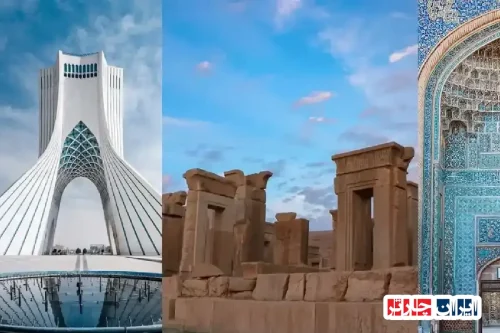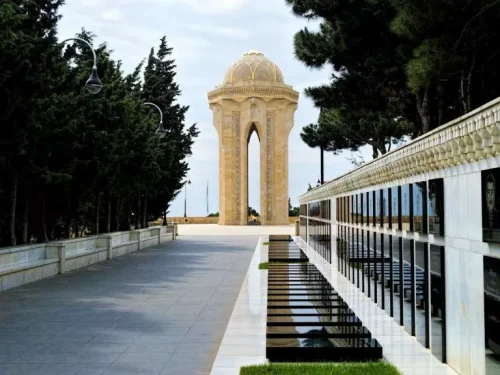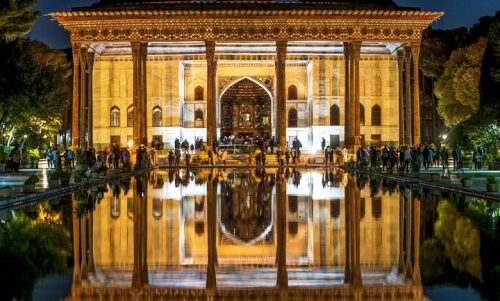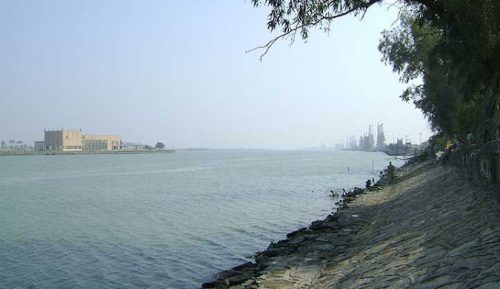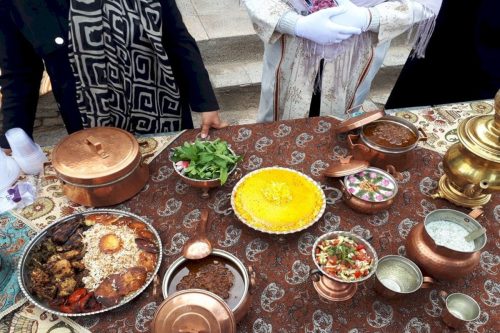Sarzamin-e Mehr Exhibition Pioneers Exceptional Iran-China Museum Partnership
From Cyrus to Persepolis: A Journey into the Heart of the Achaemenid Empire and its Architectural Wonders
The Achaemenid Empire, founded by Cyrus the Great in the 6th century BCE, was one of the largest and most powerful states in world history. This empire, stretching from India to Greece, laid the foundation for many administrative, social, and cultural advancements in the ancient world. The main legacy of Achaemenid grandeur is the vast complex of Persepolis (Parsa), built by order of Darius the Great, which served as the empire’s ceremonial capital.
Persepolis was not merely a capital; it was a symbol of the unity and majesty of the Achaemenid Empire. Its unique architecture is an artistic fusion of the styles of various subjugated nations, evident in the towering columns, bull and lion capitals, and the reliefs of Persepolis. These reliefs, depicting scenes of tribute bearers from different nations, court ceremonies, and mythological battles, provide invaluable information about the culture, attire, and rituals of the people within the Achaemenid Empire and are considered masterpieces of ancient Iranian art.
Secrets of Zoroaster and the Fire Temples: An Exploration of Ancient Iranian Beliefs and Rituals
Zoroastrianism, originating from the teachings of Ashu Zoroaster, is one of the oldest monotheistic religions in the world and was the official religion of ancient Iran for centuries. This religion emphasizes concepts such as the perpetual battle between Ahura Mazda (the force of goodness and light) and Ahriman (the force of darkness and evil), the importance of good thoughts, good words, and good deeds, and the freedom of human will. Belief in resurrection and divine judgment is also among the fundamental principles of this ancient Iranian faith.
The pulsating heart of the Zoroastrian faith is the sacred fire, which symbolizes the light of Ahura Mazda and purity. Fire temples (Atashkadehs), the places of worship for Zoroastrians, were sites where this fire was kept and religious ceremonies were held around it. These temples, examples of which, both ancient and later, still exist in Iran and other parts of the world, were not only places of worship but also important cultural and social centers that played a significant role in preserving and transmitting the beliefs and rituals of ancient Iran.
Shahnameh Reading Through the Ages: How Ancient Iranian Myths Shaped Iranian Culture and Identity
Ferdowsi’s Shahnameh (Book of Kings) is undoubtedly the greatest epic of the Persian language and one of the main pillars of Iranian cultural identity. This magnificent work is an unparalleled treasure trove of myths, heroic tales, and the history of Iran from the time of Keyumars (the first human) to the end of the Sasanian Empire. By composing this book, Ferdowsi not only revived and solidified the Persian language during a critical period but also secured the collective memory and national identity of Iranians for centuries.
The tradition of Shahnameh reading, deeply rooted in Iranian culture since ancient times, is more than just a literary pastime. This act serves as a living link between present and past generations, transmitting moral teachings, heroic concepts, a sense of patriotism, and a profound understanding of ancient Iranian history and myths. The stories of Rostam, Sohrab, Siyavash, and other heroes of the Shahnameh continue to inspire artists, writers, and thinkers, playing a central role in shaping Iranian culture and identity.
Art and Industry in the Sasanian Era: From Magnificent Rock Reliefs to Exquisite Metalwork
The Sasanian Empire, which ruled Iran after the Parthians, brought about an unprecedented flourishing period in the art and industry of ancient Iran. Sasanian art, influenced by Achaemenid art and cultural exchanges with Rome and Byzantium, possesses a unique style that spread throughout the Sasanian realm and beyond. The magnificent rock reliefs in areas such as Naqsh-e Rostam and Taq-e Bostan, which depict scenes of coronations, military victories, and court ceremonies, are among the most prominent examples of Sasanian art.
Alongside architecture and rock reliefs, the Sasanians achieved perfection in applied arts as well. Metalwork, particularly the creation of silver and gold vessels with embossed motifs of hunting scenes, mythological animals, and banquets, enjoyed international fame and significantly influenced art and industry in the East and West. Furthermore, the art of textiles and weaving, glassblowing, and coin minting reached its peak during the Sasanian period, showcasing the skill and creativity of artists and artisans of this era in Iranian history.
The Silk Road in the Persian Realm: The Role of Ancient Iran in Connecting East and West and Cultural Exchange
The Silk Road was a network of ancient trade routes connecting East and West, and ancient Iran, due to its strategic geographical location, played a vital and unparalleled role in this artery of communication. Powerful Iranian empires, from the Achaemenids and Parthians to the Sasanians, controlled significant sections of the main Silk Road routes and greatly contributed to its prosperity by ensuring security and facilitating trade.
The importance of the Silk Road was not limited to the exchange of goods. This network provided a platform for the widespread exchange of ideas, religions, technologies, and artistic achievements among great civilizations. Ancient Iran was not merely a transit point; it actively participated in these exchanges; on one hand, exporting its own culture and art to the East and West, and on the other hand, absorbing and re-creating new cultural and artistic elements. This pivotal role on the Silk Road solidified Iran’s position as a cultural bridge between East and West and had a profound impact on world history.
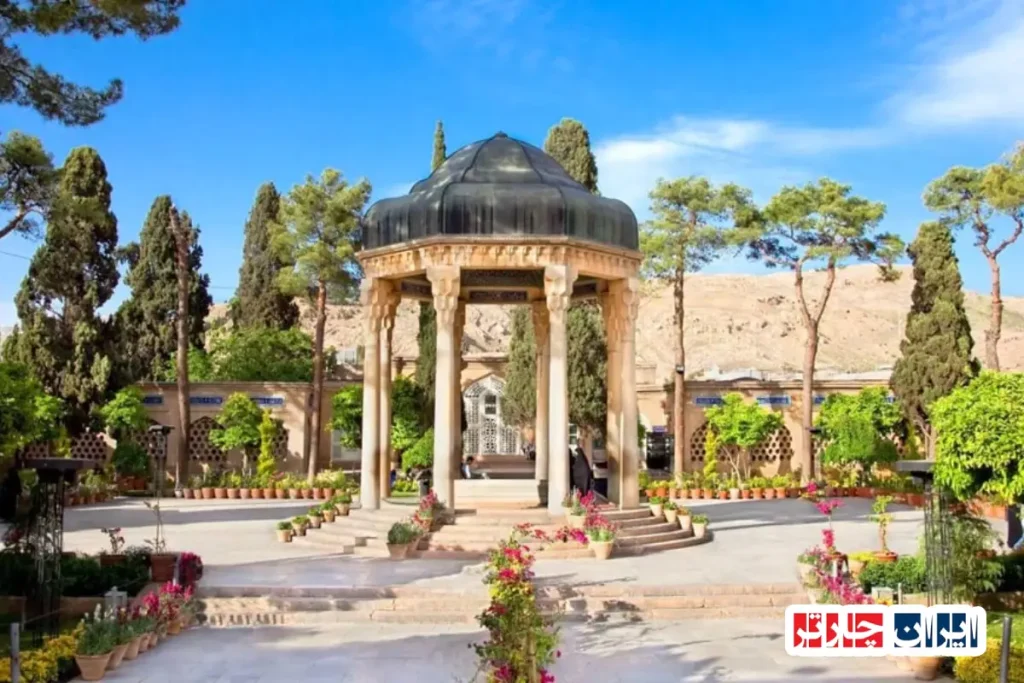
Frequently Asked Questions
-
Here are 10 common questions about Iranian history and culture with their answers:
-
What is the oldest major empire in Iran?
The Achaemenid Empire, founded by Cyrus the Great around 550 BC, is considered the first global empire.
-
What role did Cyrus the Great play in the history of Iran and the world?
He was the founder of the Achaemenid Empire, drafted the Charter of Human Rights (Cyrus Cylinder), which is an early example of respect for the rights of different peoples and religions, and united a vast territory from India to Greece.
-
What are the main beliefs of Zoroastrianism, the ancient religion of Iranians?
Belief in monotheism (Ahura Mazda as the sole good God), ethical dualism (the battle between good and evil), and emphasis on the three principles of good thoughts, good words, and good deeds.
-
How did the arrival of Islam change the history of Iran?
With the collapse of the Sasanian Empire, Islam gradually spread throughout Iran, profoundly impacting its culture, language, art, and social structure, paving the way for the emergence of the Iranian-Islamic civilization.
-
Who are some of the most famous classical Persian poets?
Ferdowsi (Shahnameh), Hafez (Ghazals), Saadi (Bustan and Golestan), Rumi (Masnavi), and Khayyam (Rubaiyat) are among the most renowned classical Persian poets whose works have global fame.
-
What is the concept behind Nowruz, the most important Iranian celebration?
Nowruz is an ancient festival marking the start of the new year, coinciding with the vernal equinox. It symbolizes the renewal of nature, rebirth, and hope for a better future, with deep roots in Iranian culture and mythology.
-
What is the historical and cultural significance of Persepolis?
Persepolis was the ceremonial capital and a symbol of the grandeur, art, architecture, and cultural diversity of the Achaemenid Empire. This site demonstrates the central power of the Achaemenids and the peaceful coexistence of different peoples within the empire.
-
What were the significant achievements of the Safavid era (1501-1736 AD) for Iran?
The Safavids unified Iran after centuries of fragmentation, declared Shia Islam the official religion of the country, established a powerful central government, and achieved significant progress in the fields of art (especially architecture and miniature painting in Isfahan) and trade (such as the silk trade).
-
What was the goal of Iran’s Constitutional Revolution (1906 Solar Hijri)?
The main goal of this revolution was to limit the absolute power of the Shah, establish the rule of law, found a National Consultative Assembly (parliament), and draft a constitution for governing the country.
-
What was the event of the Islamic Revolution of Iran in 1357 Solar Hijri (1979)?
It was an event that led to the end of the Pahlavi monarchy and the establishment of the Islamic Republic of Iran, having widespread impacts on the country’s political, social, and cultural structure, as well as the region.
-

